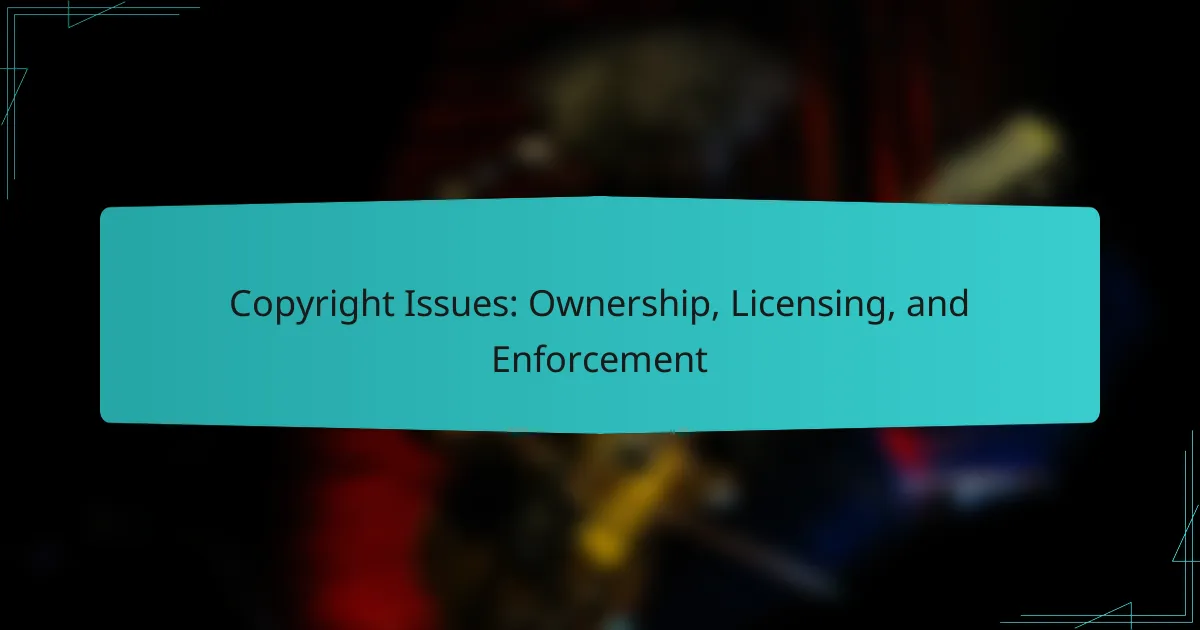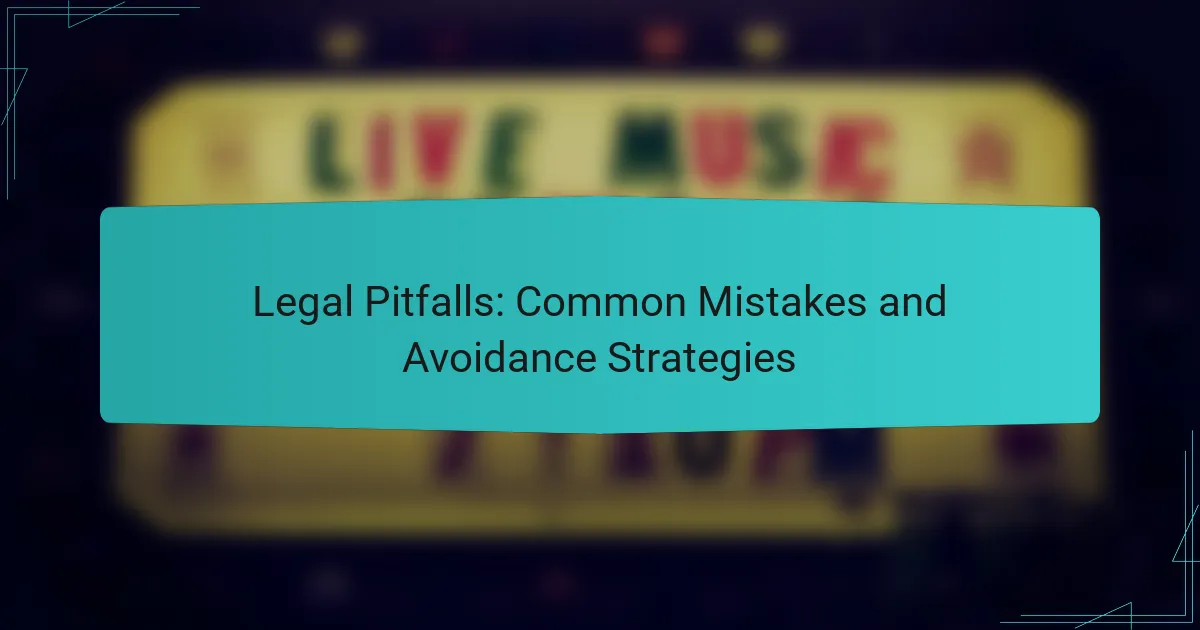Contracts play a crucial role in formalizing agreements and ensuring clarity between parties. Effective negotiation strategies, such as collaborative and interest-based approaches, can significantly influence the terms and outcomes of these contracts. Additionally, a well-structured digital product contract should clearly outline responsibilities, payment terms, and compliance measures to safeguard all parties involved.

What are the key negotiation strategies for contracts?
Key negotiation strategies for contracts include collaborative, competitive, principled, interest-based, and win-win approaches. Each strategy has its unique characteristics and is suited for different contexts, influencing the outcome of the negotiation process.
Collaborative negotiation
Collaborative negotiation focuses on working together to find mutually beneficial solutions. This strategy encourages open communication and trust, allowing both parties to express their needs and interests freely.
To implement collaborative negotiation, establish a positive atmosphere, actively listen, and seek common ground. This approach can lead to long-term partnerships and improved relationships, making it especially effective in ongoing business dealings.
Competitive negotiation
Competitive negotiation, in contrast, is characterized by a win-lose mentality where one party seeks to gain the maximum advantage at the expense of the other. This strategy often involves tactics such as anchoring high demands and making aggressive counteroffers.
While competitive negotiation can yield quick results, it may damage relationships and lead to future conflicts. It is best suited for one-time transactions where the relationship between parties is not a priority.
Principled negotiation
Principled negotiation emphasizes fairness and objective criteria to guide the negotiation process. This strategy, popularized by the book “Getting to Yes,” encourages parties to focus on interests rather than positions.
By identifying shared interests and using objective standards, such as market value or industry benchmarks, both parties can reach an agreement that feels fair. This method is effective in maintaining relationships while achieving satisfactory outcomes.
Interest-based negotiation
Interest-based negotiation centers on understanding the underlying interests of both parties rather than just their stated positions. This strategy requires active listening and empathy to uncover what each party truly values.
To practice interest-based negotiation, ask open-ended questions and explore options that satisfy the interests of both sides. This approach can lead to innovative solutions that might not be apparent through traditional negotiation methods.
Win-win negotiation
Win-win negotiation aims for solutions that benefit all parties involved. This strategy fosters collaboration and creativity, encouraging negotiators to brainstorm options that meet everyone’s needs.
To achieve a win-win outcome, focus on building rapport, sharing information, and exploring multiple alternatives. This approach not only resolves the current negotiation but also strengthens future relationships, making it a preferred strategy in many business contexts.

What terms should be included in a digital product contract?
A digital product contract should encompass essential terms that clarify the expectations and responsibilities of all parties involved. Key components include the scope of work, payment terms, intellectual property rights, termination clauses, and confidentiality agreements.
Scope of work
The scope of work defines the specific tasks and deliverables expected from the project. It should detail what is included, timelines for completion, and any milestones that need to be met. Clearly outlining these elements helps prevent misunderstandings and sets a foundation for accountability.
Consider including a list of features or functionalities that the digital product will have, along with any limitations. This ensures both parties have a mutual understanding of what the final product will entail.
Payment terms
Payment terms specify how and when the compensation will be made for the services rendered. This section should include the total cost, payment schedule, and acceptable payment methods. For instance, payments could be structured as upfront deposits, milestone payments, or a final payment upon delivery.
It’s advisable to clarify any additional costs that may arise, such as expenses for third-party services or changes in project scope. This transparency helps avoid disputes later on.
Intellectual property rights
Intellectual property rights determine who owns the work produced during the contract. This section should specify whether the client or the service provider retains ownership of the digital product and any related materials. Common arrangements include full ownership transfer to the client or licensing agreements.
Including clauses that address the use of pre-existing intellectual property is also crucial. This ensures that both parties understand their rights regarding any proprietary tools or content used in the project.
Termination clauses
Termination clauses outline the conditions under which either party can end the contract. This section should specify notice periods, acceptable reasons for termination, and any obligations that remain post-termination, such as payment for work completed.
Consider including provisions for termination due to non-performance or breach of contract. This protects both parties and provides a clear path for resolution if issues arise.
Confidentiality agreements
Confidentiality agreements protect sensitive information shared between the parties during the project. This section should define what constitutes confidential information and the obligations of each party to maintain its secrecy.
It’s essential to specify the duration of the confidentiality obligation, which can extend beyond the contract’s termination. This ensures that proprietary information remains protected even after the project concludes.

How can compliance be ensured in contract management?
Ensuring compliance in contract management involves implementing systematic processes to adhere to legal and regulatory requirements. This includes regular monitoring, training, and utilizing technology to maintain standards and mitigate risks.
Regular audits
Conducting regular audits is essential for identifying compliance gaps in contract management. These audits should assess adherence to both internal policies and external regulations, ensuring that all contractual obligations are met.
Establish a schedule for audits, such as quarterly or bi-annually, and involve a mix of internal and external auditors to gain diverse perspectives. Document findings and create action plans to address any issues discovered during the audit process.
Compliance training
Compliance training equips employees with the knowledge needed to understand and follow contract management policies. Regular training sessions should cover relevant laws, company policies, and best practices to ensure everyone is on the same page.
Consider using a mix of in-person workshops and online courses to accommodate different learning styles. Refresh training annually or whenever significant changes occur in regulations or company policies.
Automated compliance tools
Automated compliance tools streamline the monitoring of contract management processes, reducing the risk of human error. These tools can track compliance status, send alerts for deadlines, and generate reports for audits.
Invest in software that integrates with existing systems to enhance efficiency. Look for features like automated reminders, document storage, and compliance checklists to simplify adherence to standards.
Clear documentation
Maintaining clear documentation is crucial for demonstrating compliance in contract management. All contracts, amendments, and communications should be well-organized and easily accessible for review and audits.
Utilize a centralized document management system to store all relevant materials. Ensure that each document is version-controlled and includes timestamps to track changes and approvals effectively.
Stakeholder engagement
Engaging stakeholders throughout the contract management process fosters a culture of compliance. Regular communication with all parties involved ensures that everyone understands their roles and responsibilities regarding compliance.
Hold periodic meetings to discuss compliance issues and gather feedback. This collaborative approach can help identify potential risks early and create a more compliant contract management environment.

What are the best practices for drafting contracts?
Effective contract drafting hinges on clarity, precision, and foresight. Adhering to best practices ensures that all parties understand their obligations and reduces the likelihood of disputes.
Use clear language
Clear language is essential in contract drafting to avoid ambiguity. Use straightforward terms and avoid legal jargon unless necessary. For instance, instead of saying “party of the first part,” simply use “Seller” or “Buyer.”
Additionally, keep sentences concise and to the point. This approach enhances readability and comprehension, making it easier for all parties to grasp the contract’s intent.
Define key terms
Defining key terms at the beginning of a contract is crucial for clarity. Include a section that outlines specific terminology used throughout the document, such as “Confidential Information” or “Force Majeure.”
By providing clear definitions, you minimize misunderstandings and ensure that all parties have a shared understanding of critical concepts, which can prevent disputes later on.
Include dispute resolution mechanisms
Incorporating dispute resolution mechanisms is vital for addressing potential conflicts. Specify whether disputes will be resolved through mediation, arbitration, or litigation, and outline the process for each method.
For example, you might state that any disputes will first be attempted to resolve through mediation within 30 days, followed by arbitration if unresolved. This proactive approach can save time and costs associated with legal proceedings.
Review and revise regularly
Regularly reviewing and revising contracts is essential to ensure they remain relevant and compliant with current laws. Set a schedule for periodic reviews, such as annually or biannually, to assess whether the terms still meet the needs of all parties involved.
During reviews, consider any changes in regulations or business practices that may affect the contract. This practice not only helps in maintaining compliance but also fosters trust among parties by demonstrating a commitment to transparency and fairness.



